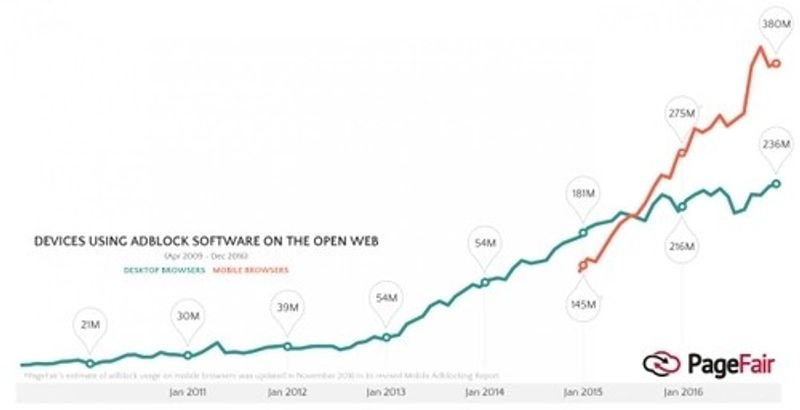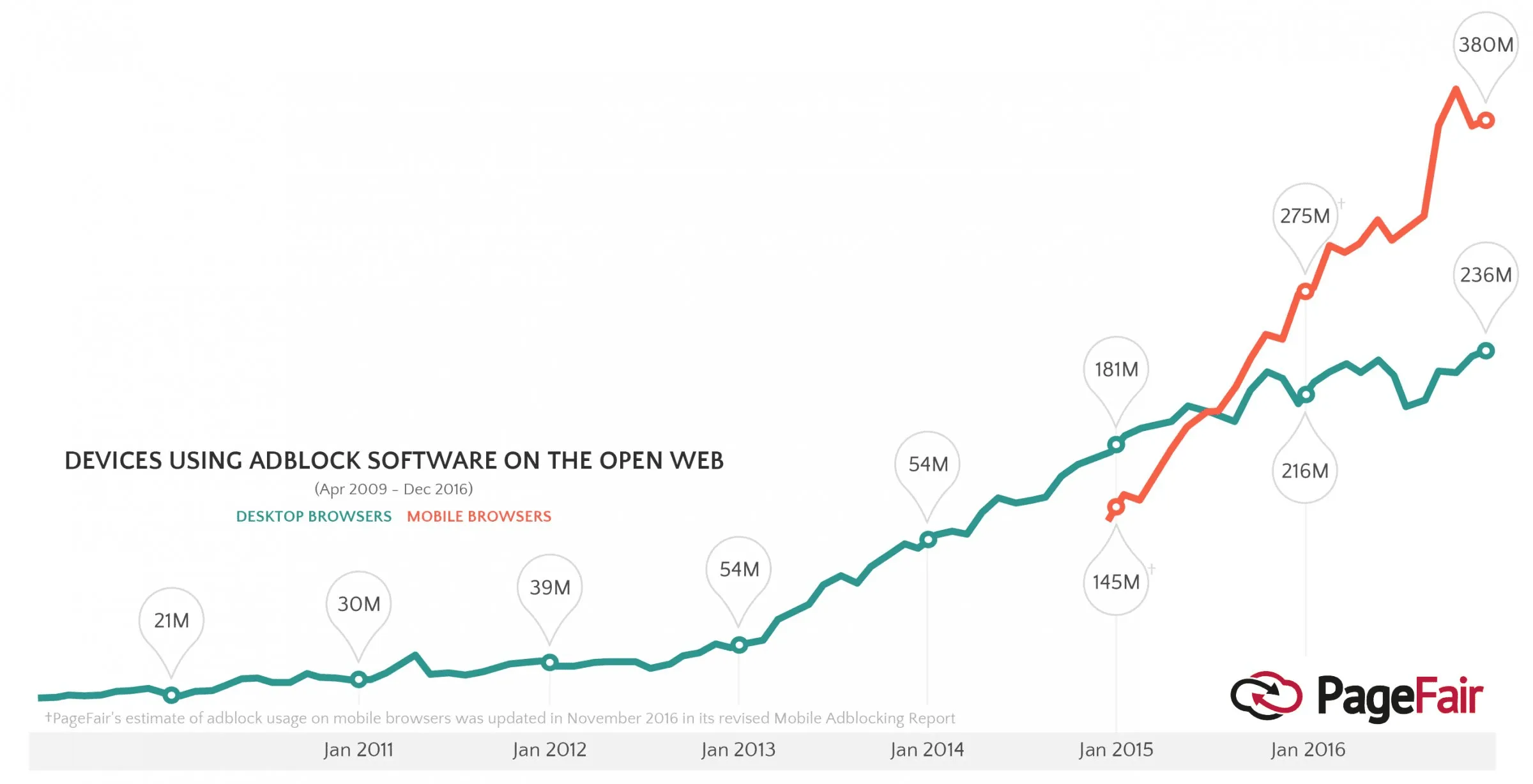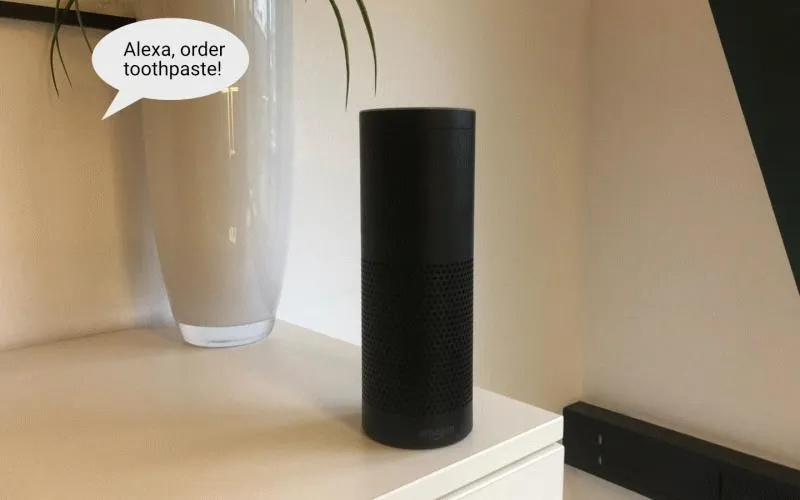5 threats to consumer brands in the digital age
Get monthly LoyJoy News with Product Updates & Success Stories.
Unsubscribe anytime.

5 threats to consumer brands in the digital age
Consumer brands have a digital marketing problem. Just recently, Unilever and P&G, two of the biggest marketing spenders worldwide, cut their spendings on digital advertising by an astonishing 40 to 60 percent. P&G Chief Marketing Officer Marc Pritchard pointed out in his famous „wake up call“ speech that spendings on digital were „largely inefficient“ . Ad fraud and viewability issues are one part of the misery. But there’s more going on. We’ve collected five factors that decisively influence the difficulty of consumer accessibility for brands on digital channels.
No. 1: Deterioration of customer relationship due to missing customer data
While Retail and e-commerce systematically collect extensive customer data for marketing purposes, for example through loyalty programs, consumer brands are relying on advertising. Thus, they are leaving the direct access to their consumers to third parties. For consumer brands this results in little to no customer data and hence in a deterioration of the understanding of customer needs. This can not only cause difficulties for targeted advertising, it’s also problematic for the development of new products, the creation of marketing campaigns and the professional management of customer relationships.
Start-ups recognized this weak spot and started attacking established brands with new, direct-to-consumer marketing approaches. Dollar Shave Club was the one of the pioneers in basing its business on direct-to-consumer innovation. Their concept is to directly sell high quality, disposable products at a low base price as a subscription service directly to consumers.
Their advantage in comparison to established players like Gillette is the direct connection with their customers. Through this strong relationship the Dollar Shave Club was able to collect substantial customer data and hence apprehend customer behavior. Established brands are unable to obtain customer data because they offer their products through retail that keep customer data for themselves. DollarShaveClub’s strategy attracted the interest of giants like Unilever, who ultimately bought it with its 3.2 million subscribers for 1 billion Dollar .
No. 2: AdBlockers suppress digital advertising
A growing number of consumers install advertising blockers that are available for browsers as a free extension to suppress advertising. The constant competition for attention is perceived by many as distracting, and leads to an aversion towards advertising. 82 % of Social Media users think that ads are not very trustworthy (Source: Nielsen / Insites Consulting / PWC / plan.net Insights) Further reasons why customer block the digital advertising are the flooding of information as well as the deceleration of the content’s loading times.
The usage of adBlockers almost increased tenfold on desktop browsers since 2010, to a value of 236 million users in 2016. On mobile devices the growth is even stronger and reached 380 million devices at the end of 2016 (Source: PageFair).

Brands lose reach on mobile devices.
For consumer brands, the accelerating use of AdBlockers leads to a decrease in viewability, brand awareness and revenues. It becomes especially difficult to reach consumers with advertising on mobile devices.
No. 3: Voice technology is killing brands
Scott Galloway, NYU marketing professor and founder of market research company L2 sees Voice as a brand killer : „When you go into a store, you see the packaging, you see the endcaps, you might see pricing go up and down. All of these things that big brands ranging from Unilever and Procter & Gamble to Kraft and Heinz have spent billions of dollars and generations building. When you begin ordering CPG products via voice on Alexa, all of those things go away. […] Amazon will figure out in a nanosecond the best deal and most likely trade you into the highest-margin product for them which will be Amazon toothpaste.“

Don’t be fooled by Alexa.
The attributes of the brand image get lost with voice technology because brands lose their visibility. With new voice bots like Alexa entering consumer’s homes, switching from well-known brands to private labels reaches a new level of simplicity. If you think this might become a future problem, think again. It’s already happening. Amazon even forces consumers to buy their Amazon Basics brands. If you try to buy batteries from a brand other than Amazon Basics in the US, Alexa won’t be able to help you. This leads us directly to threat number 4.
No. 4: E-commerce is using data for its own good
Most of us prefer shopping on platforms with a huge variety of products like Amazon or eBay. Of course, we as costumers as well as brands gather many advantages through this simplified shopping experience. We save time, have a wide product range and simple payment. But e-commerce is still most advantageous for the online platform itself. The platforms receive two key benefits that hurt brands:
-
Innovative and well sold products of popular brands can be copied by private labels quickly, based on big data analysis
-
Shopping platforms employ paid ads to gain additional profits
By way of example, Amazon provides two possibilities for advertisement: „Sponsored products“ that trump the individual listings as well as „Headline Search Ads“ for the promotion of brands and products at the top of the website. The advantage for the supplying brands? Increase in sales, instant visibility of offered products and transparency on the success of the ad spendings due to performance tracking.

Amazon offers paid listings across devices
At first glance, it might look like a win-win situation for brands and e-commerce, but in the end online platforms like Amazon profit most as they can position their own brands optimally. Did you notice that Amazon’s own Echo and FireTV products are regularly most prominent on Amazon?
No. 5: Privacy regulations make buying data almost impossible
In May 2018, the strict new General Data Protection Regulation (GDPR) of the European Union takes effect. It extends the scope of the EU data protection law to all foreign companies processing data of EU residents. It harmonises the privacy law across the EU, thus making it easier to adhere to the regulations. However, this comes at the cost of strict data protection rules and severe penalties of up to 4% of worldwide turnover.
The access to marketing-relevant customer data will become more difficult. Buying data from data providers might not be an option in the future as brands have to be transparent about all consumer data they process. Consumers have the right to know exactly what data is stored about them, for what reason, in which systems - and they also can request an immediate deletion of all their data („right to be forgotten“).
If third party data is involved this leads to complex processes and high risks. How did the third party get the data in the first place and do they have consent to sell the data?
Considering these five threats, now is the time for brands to establish their own private channel to consumers . Chatbots are a great way to connect 1-to-1 with consumers and send individual push messages that provide value. For brands they’re highly efficient thanks to automation. If you want to start a chatbot for your brand, start by answering the 10 questions I pointed out in my other blog post.